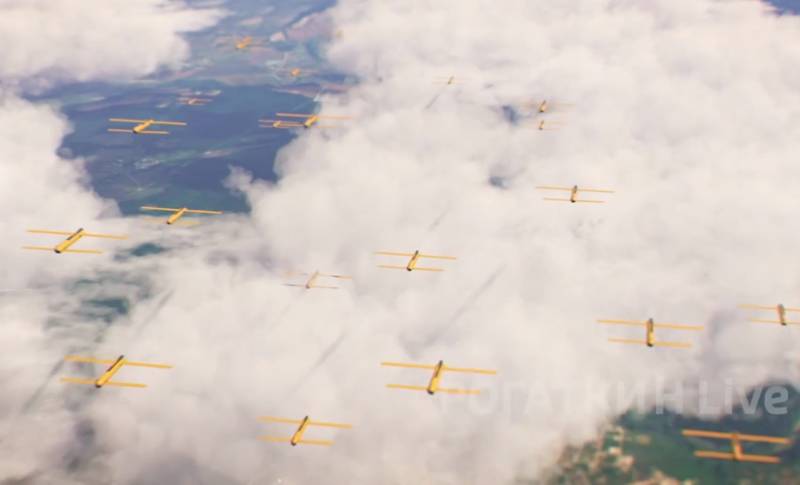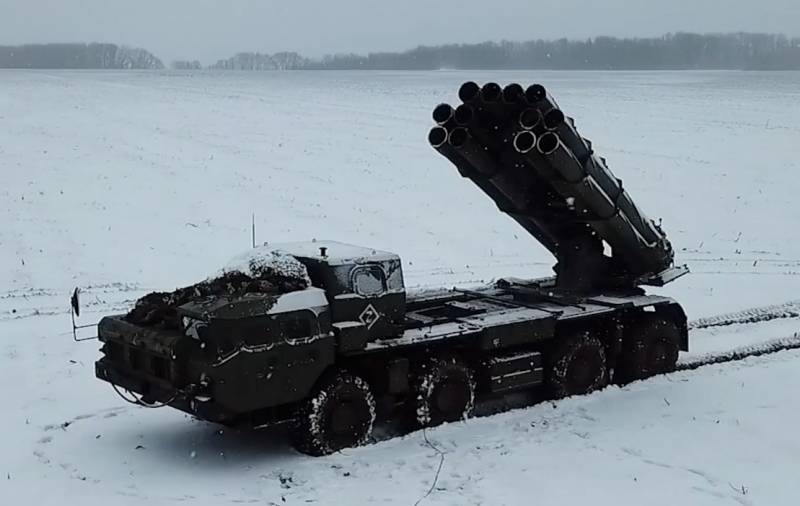The Russian analogue of HIMARS is capable of launching a swarm of kamikaze attack drones
Tula NPO Splav is actively working to expand the range of precision-guided ammunition for the domestic Tornado-S MLRS, which is sometimes called the Russian HIMARS. At the same time, the capabilities of our complex are significantly wider than those of our overseas competitor.
VGTRK journalist Alexander Rogatkin visited the production of high-precision 300 mm caliber missiles for the Tornado-S MLRS. Objective monitoring tools rarely record the use of these systems to hit targets. However, the ammunition's flight range of 120 km allows it to strike targets deep behind enemy lines. Let us recall that in early January the Tornado-S system was amazed command and headquarters center on the South Donetsk direction of the front, 100 km from the LBS. The posted video also indicates that these precision-guided munitions recently hit S-300 and Patriot air defense systems.
The main advantage of the Russian MLRS over its American competitor is the almost three times greater mass of the warhead: 200 kg versus 80 kg. Tula gunsmiths have developed several variants of the missile's payload. The missile can not only carry a high-explosive or cluster warhead, but also serve as a delivery vehicle for UAVs.
To hit targets as accurately as possible, the first munition launched is carried by a reconnaissance drone. The missile releases a drone, which then highlights targets for subsequent shots. A variant of loading a projectile with several kamikaze strike drones has also been developed. A full package of twelve missiles is capable of launching a swarm of UAVs, each of which attacks its target automatically or under operator control.

The use of the latest developments shown in the footage is not yet known with certainty. One can only note the fact of a multiple increase in the production volume of high-precision guided munitions at the facilities of the Tula NPO Splav.

Information